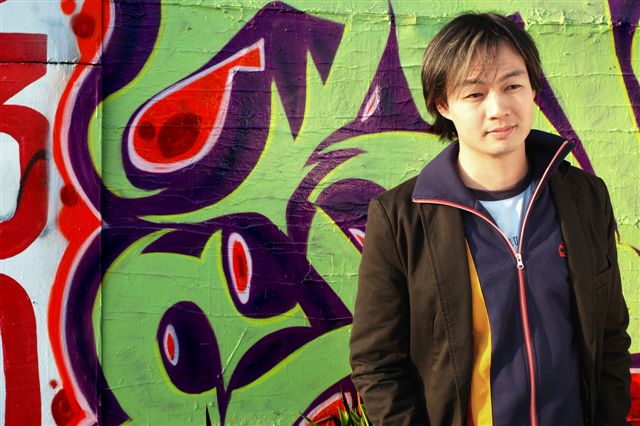I spent last week in Paris.
If you ask me, it's a very introspective city for artists of all types. It's not just the fact that there are seemingly hundreds of museums, galleries and concert halls scattered across the city; it's the fact that people *talk* about art over lunches, dinners and coffees. (Well, at least the people I was hanging out with do.) But apart from that, it's a city that, over the centuries, was not just a mecca for artists and musicians, but also found itself at the center of many of the major turning points of artistic evolution. So suffice to say, there's a certain mystique here that you don't get in your typical American city.
The trend during much of the 20th-century was for artists and musicians to identify themselves very strongly with movements. Everyone was an 'ist' of sorts... a cubist, a surrealist, an abstract expressionist. Composers were serialists, brutalists, impressionists, minimalists. Where are the 'ists' now? Gone. Fallen out of favor with the idea of post-modernism; that we can freely mix and match styles and approaches at our whim... that we no longer have to belong to a school, that there no longer has to be a schism between academic and populist, Uptown and Downtown. But there's part of me that thinks that it certainly would have been nice to identify oneself with a movement. To, say, have a manifesto like the Futurists did, laying claim to an artistic identity. Maybe I'm romanticizing it; after all, my own music (and in fact my own cultural identity) is certainly a mix of various influences.
While we're at it, what happened to the idea of artists and musicians being aware of the social, political and aesthetic world that they live in, and responding to it through their art? Futurism was the celebration of speed; an artistic reaction to the emergence of a world where humans could suddenly travel great distances at great velocities via trains. Post-war expressionism emerged out of the horrors of the first World War, in which a newfound fear of death--by explosions tearing bodies apart, clouds of mustard gas, etc--manifested itself in the works produced. The last time I can think of an era manifesting itself in the works produced would have been the Vietnam War era, through protest songs and the like. That was 40 years ago. What happened to artists responding to the ages in which they live? Has this been killed by consumer culture?
I spent a full day at the Centre Pompidou, checking out their permanent collection, as well as shows of Calder and Kandinsky. The building itself is pretty photogenic. It gave me ample opportunity to play with my new Canon wide-angle lens (10-22mm). (I'm still new to wide-angle photography, so I'm still trying to figure out how to keep things visually interesting... heck, I'm still working on how not to underexpose all the images, as the wide angle allows so much light that it's throwing off my light meter.)



A funny thing seen inside one of the restroom stalls in the museum:

I immediately recognized this as a coy reference to Marcel Duchamp's 'Fountain'--a seminal work of art, and one of his Readymades--a series of common, everyday objects that were placed in a museum to challenge the public's perception of what art is. I.e., if you stick a toilet in a museum and call it art, is it art?
I walked upstairs, and lo and behold, there was the original.

So now the question becomes, if you stick a reference to a work of art on a toilet, is the toilet now a clever bit of post-modern referential art? And does it challenge our perceptions of what a toilet is?
No. Not really.
Labels: Art, Musings, Travel



















